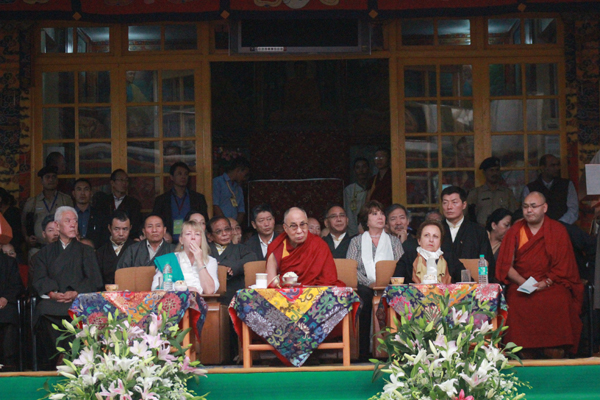Tibet faces grim scenario with glaciers on retreat
[PTI] BEIJING, Nov 19: Tibet is facing a grim scenario as its glaciers, the source of key rivers like Brahmaputra, are retreating and natural disasters are on the rise due to climate change, according to a new report.
The glacier on the Tibetan plateau has been backing off since the 20th century due to rising temperature and at a faster speed since 1990s, a scientific evaluation report on environmental change of the Tibetan plateau published by the Institute of Tibetan Plateau Research under Chinese Academy of Sciences said.
The glacier’s response to the climate change can be best seen in the progress or retreat of the glacier.
Glacier loss in the Tibetan plateau is most prominent in the Himalayan Mountains and the southeastern Tibet, whereas glacier stays relevantly stable, even progressing, in the Karakoram and Western Kunlun region due to increasing precipitation, the report said.
The report also said natural disasters are on the rise on the Tibetan plateau due to global warming and increased human activity.
Tibet, with an average altitude of over 4,500 metres is also called the roof of the world.
It said disasters including landslides, torrential floods and snow disasters are expected to increase and fires in the region will be more difficult to prevent and extinguish.
The report warned that iced lakes and barrier lakes on the plateau are also posing a threat as more than 20 overflowed during the 20th century, leading to severe disasters in the region.
According to the report, about 1,500 mountain torrents were reported on the plateau from 1950 to 2010, with the worst in 1998 when more than 50 counties in Tibet were affected, state-run Xinhua news agency said.
The floods on the plateau are attributed to frequent extreme precipitation during rainy seasons.
On the positive side the report said the number and area of lakes on the Tibetan plateau increased notably.
The number of lakes exceeding 1 square km climbed from 1,081 in the 1970s to 1,236 in 2010, and 80 percent of lakes in the region have been expanding.
The report also forecast that in the future from 2015 to as far as 2100, the dominant changes in water bodies of the region would be retreating glacier, reduced snow cover and rising river run-off.


